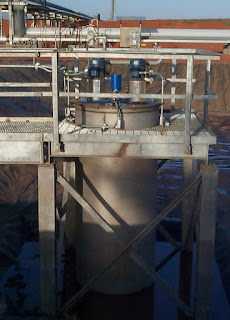Skip to main content



